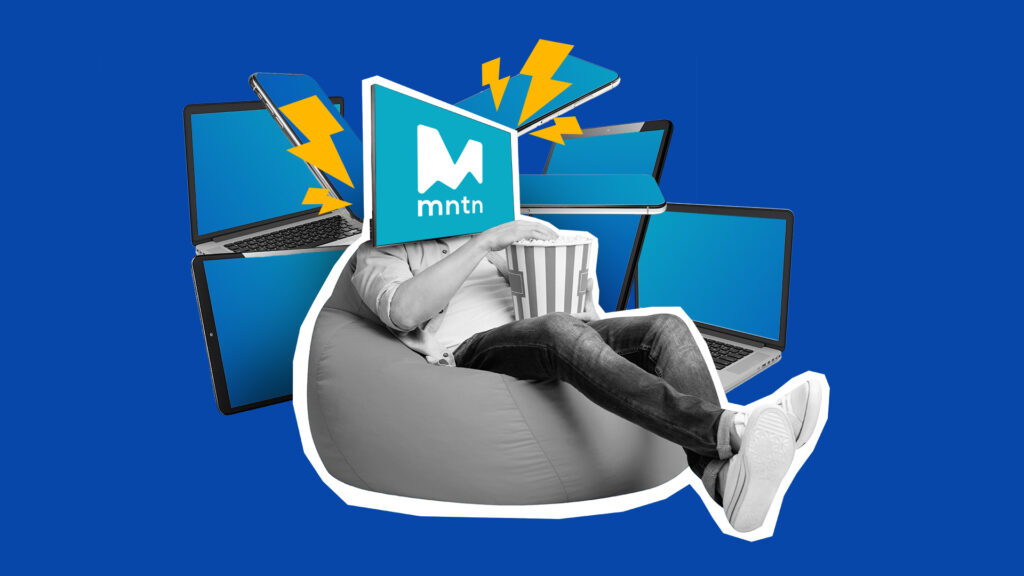And the Award for Most Successful Industry on CTV Goes To…
by Jaci Schreckengost
4 Min Read
CES 2024: Stagwell (STGW) and MNTN Announce Partnership in Unified Performance SolutionsLearn More
Reach your target audience, wherever they are

3 Min Read
Today’s consumers have more interconnected devices than ever—and they’re using them all throughout the day. Even this blog piece could be viewed on multiple platforms, including a laptop, tablet, or phone. With so many screens rivaling for attention, it can be hard for advertisers to tell a captivating multichannel story—and track campaign performance.
Richard Girges, VP of Engineering at MNTN, recently spoke to Adweek to share key strategies brands can use to enhance their CTV advertising campaigns for a multi-channel world. You can watch a full recording of “More the Merrier: Put CTV at the Center of Your Multichannel Mix” here—or you can keep reading for a high-level recap of what was discussed.
Girges started the conversation by noting that we’re a nation of devices. “The average person [in America] has 22 connected devices in their home,” he said. “And these devices? We’re using them in tandem; some of them we’re using at the same time so they’re competing for attention.” Girges pointed out how frequently people watch TV while browsing on their phones—admitting that he’s guilty of it, too. “But the device that’s capturing the most attention is unequivocally the Connected TV, along with its streaming services.”
Girges pointed out that CTV is dominating consumer attention, and replacing how we watch entertainment. Between the rise of advertising on channels like Netflix and Disney+, to CTV making history by overtaking linear TV in viewership, today there are more viewers watching must-see content in an ad-friendly environment. “And that’s transforming the TV into a performance marketing machine,” said Girges.
While CTV is more popular than ever, other ad channels are still a vital part of advertisers’ marketing mix. “We can’t count out these other ad channels,” said Girges. He noted that today’s consumers are using an omnichannel approach to shopping; instead of going into a store and walking out with a purchase, they’re doing research, reading reviews, and price shopping across a variety of channels before buying. “Advertisers are employing the same strategy,” said Girges, elaborating that they’re investing in channels like paid search and social to meet those shoppers.
“This is pretty common—advertisers are always going to move in lockstep with consumer behavior,” he said. “If your consumers are on multiple devices, then your advertising strategy is going to follow suit; the ultimate goal is to elevate your brand status.” Girges explained that all of this makes the omnichannel marketing approach more important than ever for brands, and CTV helps boost performance outcomes across all channels by placing it at the center.
With consumers using so many devices and channels for entertainment and shopping, it can be difficult for brands to follow their audience and get meaningful performance data. This means that cross-device measurement is more important than ever. “We’re living in an interconnected world where consumers hop back and forth across devices throughout their day,” said Girges. “With so many devices, it can be difficult to measure ad performance and whether or not your CTV campaign drove conversions—which is where cross-device measurement comes in. This lets you target the viewer across different devices and services and track their experience until they visit your website.” Girges went on to discuss the power and accuracy of MNTN’s Cross-Device Verified Visits model, which tracks viewer behavior and determines if a user engages with a brand—regardless of what device they use.
Girges had plenty of other strategies to help you boost your omnichannel mix, including what techniques help drive conversions and which tools you should look for. Click here to watch the full recording.